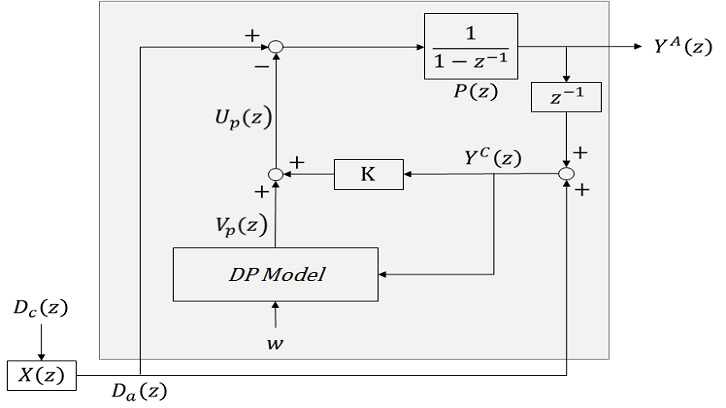Model predictive control for a revenue account of a Cash Concentration and Disbursements System

This work is part of a research that addresses the study of cash management and short-term corporate financial planning.
It consists of automating the transfer of money between bank accounts involved in the important financial decisions of a firm. In particular, the work focuses on the Cash Concentration and Disbursement Systems (CCDS) which are used by companies to improve the planning and control of current assets and cash management.
The aim of a CCDS is to concentrate available cash in a main bank account in order to make best use of money in large amounts to support investment and financing operations.
Consequently, the research proposes to achieve an accurate representation of a CCDS, allowing its numerical simulation. In this regard, a simulation model of a CCDS is presented as an inventory management system with delays due to banking procedures. The model assumes the existence of a centralized main account, which receives money transfers from the revenue accounts of each division of the company. Also from the main account, the money is transferred to the disbursement accounts of the divisions to cover the payments or overdrafts
There exist an investment account into which any cash surpluses of the main account are deposited and a credit line in order to avoid the cash deficits. The operating rules for the CCDS are defined, and incomes and financial costs involved are considered.
The model represents the flow of money between the elements of the system and the flow of monetary requirements or transfer orders. Under a decentralized approach, a Model Predictive Control is developed for a revenue bank account, which is applied to all divisions of the company. Dynamic programming is used for the prediction model including a standard forecast model for uncertainty, which derives from the variability and diversity of forms of payment used by customers.
The specific objective achieved is to determine the amount, periodicity and origin and destination accounts of the transfers in such a way as to automate the financial decision-making process and the transfer of money between accounts. The mathematical model used is conveniently adapted to the applied inventory policy, whereby the system ensures that the cash level in each account is maintained between two pre-established levels, optimizing the desired investment and financing policy.
The execution of the model allows an exhaustive analysis of the results that show their potentialities and the versatility to adapt to different realistic scenarios. For this purpose, the investigation raises the case of companies whose divisions are distributed geographically in different regions of the country and require to concentrate the financial decisions.
Universitat Autònoma de Barcelona
References
PhD Thesis. Modeling and predictive control of a cash Concentration and disbursements system, Carlos Antonio Herrera Cáceres. Defended in the doctoral program in Telecommunications and Systems Engineering. Directed by Dr. Asier Ibeas Hernández.


